Sign In
CloseMushroom Guidesheet #4--Turkey Tail and Mimics by SpiderMilkshake (critique requested)
Trametes versicolor--the lauded and beautiful Turkey Tail Mushroom. My first successful 'shroom hunt find that I could identify and know what to do with! :D These babies will always be up there in my top five for how tremendously easy they are to find, for their gorgeous variety of shades and hues, and their wonderful, research-proven medicinal qualities!
The Turkey Tail contains both water-soluble and alcohol-soluble medicinal compounds which can enhance a human's immunoresponse and decrease healing time in injuries and minor infection (an effect I've observed in my own uses--I bite my own mouth a lot and a cup or two of this tea made from Turkey Tail tends to shorten the healing time of them by several days!). These compounds are also known to help lower high blood pressure and regulate blood sugar levels, and it contains lots of antioxidant compounds which help remove toxins from the body. Brilliant all around! So brilliant that pharmaceutical companies have been testing the compounds for decades in order to make new medications from them that have fewer chemical side effects.
Trametes versicolor identification traits:
-Turkey Tail, while not always super-colorful, is always very very showy with highly contrasting bands of colors. The colors range from grays and browns to gold and copper to orange-reds, purples, blues, black, and even a bit of green if alga take up residence on their caps.
-The surface is not super-hairy, but faintly velvety. With a hand lens very fine hairs can be seen.
-The fans grow in circular-type shelves--when it grows on top of a log or stump, you will almost always see the little circular disc area that the growths begin from.
-The outermost growth layer of the cap fans is always the palest color on the mushroom--usually the same white or cream as the pores.
-Turkey Tails are polypore mushrooms--meaning they have pore surfaces and not gills or teeth. The pore surface of Turkey Tail is always pale--pure white when at its freshest to a pale yellowish once it's dried out a bit. The pores are also very small--resembling little tiny pinholes in the bottom.
-The spore print color is white. You may also find thick, clumping chunks of whitish spore powder already stuck to the bottoms of the caps, which can be rubbed and powdered very easily between two fingers.
-Loves to grow on hardwood substrate, usually on recently dead trees, stumps, and large logs or branches. It is prolific and typically covers the wood it grows on in only a few growing seasons. Wood it grows on rapidly sees the bark deteriorate, opening up the sapwood layers for other fungi to colonize and for insects to use as nurseries.
^u^ As you can see, not only are these common fungi excellent for human health, they're also necessary inhabitants of the healthy forest. The way they break down the bark layers of dead trees releases a great deal of trapped nutrients back into the forest, and paves the way for literally thousands of species of other fungi, plants, and insects to do their part. This rapid breakdown of dead wood material indirectly reduces the impact of natural bush burns and of wildfires caused by humans, meaning the areas burned can recover much faster and less areas burn at once. Not bad from a fungi that only asks for a few dead limbs of trees every once in a while!
Like a lot of fungi, beginners can confuse some species for the true Turkey Tail. Turkey Tail has probably the highest number of easily-confuse-able mimics for a common harvest-able fungi. An inexperienced forager will likely be confused by just about every species of small polypore fungus with thin shelves in the forest (and there are hundreds of those!). Here I've covered the species that are the most similar, morphologically, to Turkey Tail and pointed out their distinguishing features:
The first of these is the False Turkey Tail, sometimes called the Common Parchment Fungus. It is Stereum ostrea, and is probably the most ubiquitous mushroom in the entire temperate world. It grows in deep wilderness, rural farmlands, suburbs, and even in city parks. Anywhere there are trees with dead bark layers or discarded wood, it will thrive. It is non-toxic though it is papery and nutritionally not very useful. XD Trying to make tea from False Turkey Tail is not a dangerous mistake.
Stereum ostrea identification features:
-Typically whitish to brownish, with gray, black, and orangish bands of color.
-Color bands do not strongly contrast and aren't ever iridescent. The surface of the cap is papery, not velvety.
-Bottom surface does not appear to have pores at all, and is brown and smooth, like paper (parchment ;) ).
-Grows in large amounts, but one cap at a time and not multiple cap fans from a single point. It often covers trees in layers of caps, and the trees can often be alive with the fungus growing in the bark.
-Spore print, if you can manage to collect it, is white. Collecting a spore print from this species is extremely difficult since it doesn't drop large spore loads all at once.
The Purple-toothed Polypore, Trichaptum biforme, is so named because it looks quite a lot like a grayish Turkey Tail on top, but with a vastly different bottom side (two forms). There is a small amount of research indicating this fungi might also be a medicinal mushroom with immune-boosting properties, so mistaking Turkey Tail for Purple-toothed will probably not harm you, it just won't help you as effectively.
Trichaptum biforme identification features:
-Grayish or whitish in color, with faint color bands of tan, gray, or black on the top.
-Velvety cap surface, much like actual Turkey Tail.
-The outermost growth ring is a darker gray to brown to black color, unlike Turkey Tail.
-Grows on wood with bark remaining or often on more degraded logs and stumps.
-When fresh, the pore surface is almost bright lilac or lavender and seems to have many jagged teeth! This fungi is actually a polypore mushroom, but with extended pore tubes with erratic lengths so that it resembles a toothed fungi. As it ages, the pore color fades to a reddish-purple and then to a medium to dark brown.
Lenzites betulina, also known as the Gilled Polypore, is another flattish mushroom that grows in shelves from dead wood, usually in tandem with shaggy lichens. It's another of the Turkey Tail mimics that may actually have medicinal properties. This one may have toxin-inhibiting effects and immunoregulators when extracted in alcohol--so teas will be ineffective but alcohol-based medications will be. Further study is needed!
Lenzites betulina identification features:
-Fungi that tends to grow on the bottom side of dead branches, both in the tree and after it has fallen to the ground. Loves lots of moisture and tends to pop out after lots of soaking rains in early spring/late winter.
-A brownish to yellowish cap, with a faint fuzziness on the surface.
-Tends to grow either singly, or in a couple of fused caps.
-Cap has regular, faint striations that make it look faintly like a traditional fan.
-Bottom surface, unlike many polypore family members, has evolved to have gills! Yes, the bottom surface has many thick, semi-distant yellow to cream-colored gills. In this way, it is easy to distinguish from Turkey Tail.
-Spore print will be easy to get, and is white.
Cerrena unicolor, the Mossy Maze Polypore, is another similar fungi to Turkey Tail. This one also is rumored to have mild medicinal benefits. It also has the reputation of harboring alga and moss on its cap surface which is perhaps undeserved. Yes, it can grow moss on its cap--but no, it's far from the only shelf fungi that can do this and usually you'll see the False Turkey Tail growing moss faster than the Mossy Maze! This species of fungi is also crucial to the life cycles of the Horntail wasp and the ichenumon wasp, as the Horntail's larva need to feed on their mycelia and the ichenumon wasp needs to find the larva of the Horntail in order to feed its young (which is finds by first locating the caps of the Mossy Maze Polypore).
Cerrena unicolor identification features:
-Whitish to brownish cap with a faint fuzzy coating. Thick but faint bands of brown, tan, and gray streak across it.
-The cap is somewhat thick, more like a piece of cardboard than a piece of cloth or paper.
-Pore surface is whitish to grayish, and riddled with large, irregular pores. These pores are what the "maze" portion of its common name comes from, as they often intersect with each other and look somewhat like a little maze has been carved into the mushroom.
-Grows on slightly degraded wood, usually with some of its bark removed.
-The outermost growth band, like Turkey Tail, is the palest.
-Spore print is white.
Finally, I've included a few little Turkey Tail doodles to display the great variety of colors these mushrooms have. :) Polypore mushrooms like Turkey Tail and its mimics are one of the best places to start as a beginner, as there are no poisonous species of pore-having fungi. Mistakes, should you make them, with polypores are never dangerous mistakes (though sometimes boring and rubbery XD).
XD But anyways, remember the safe mycophage's motto: "When in doubt, throw it out! ... or just take pictures and brag!" >u<;
Submission Information
- Views:
- 840
- Comments:
- 1
- Favorites:
- 5
- Rating:
- General
- Category:
- Visual / Traditional

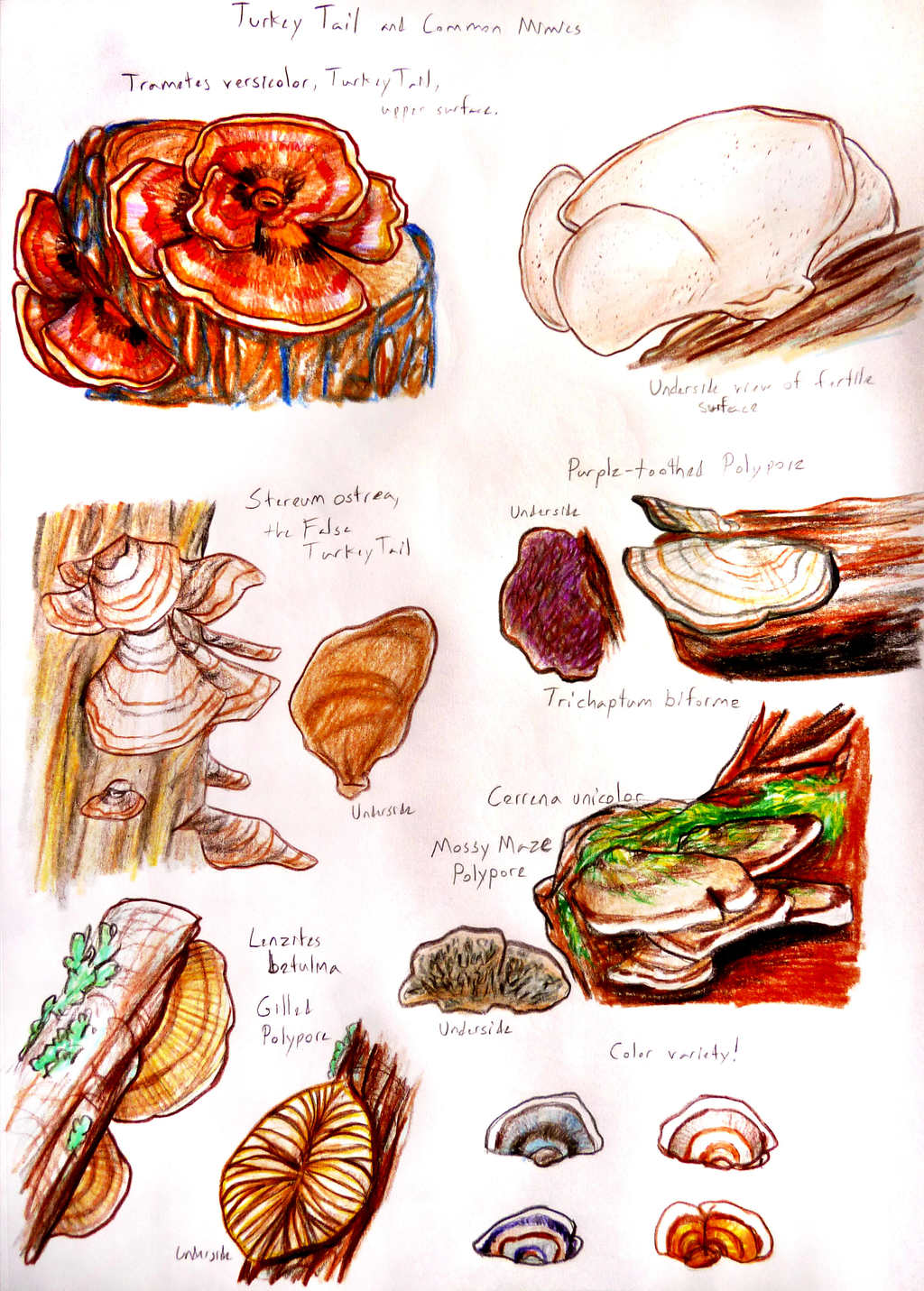
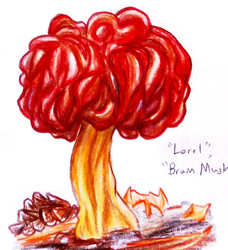
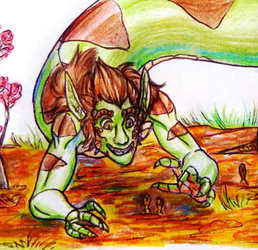
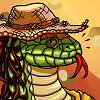
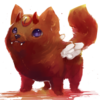
Link
keirajo
Color variety! :D